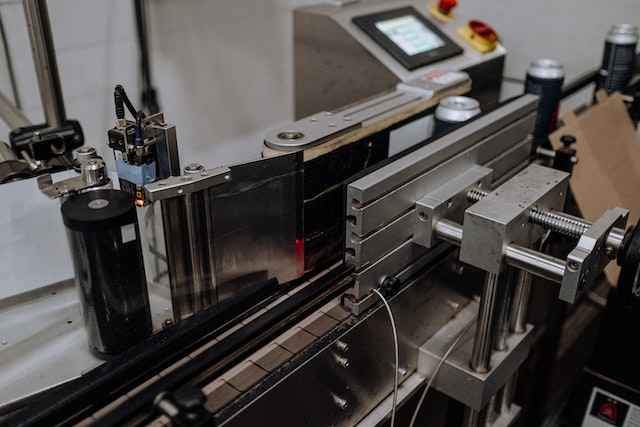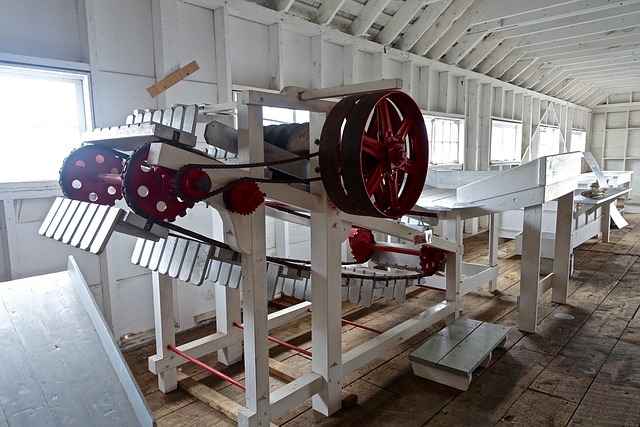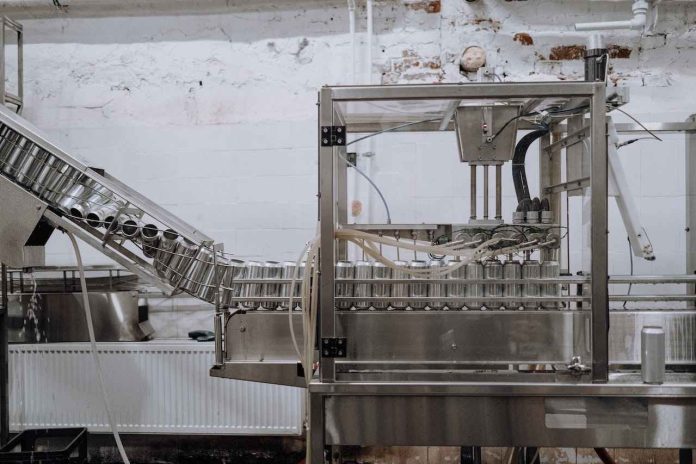In today’s fast-paced world, businesses are constantly looking for ways to improve efficiency, something that normally includes reducing costs. Utilising automation is one-way companies are managing to reach these goals.
By automating tasks that were previously done manually, businesses save time and money, while also improving accuracy and safety. From robotic arms to conveyor systems, a wide variety of products are available to suit any business’s needs.
Whether you’re in manufacturing, logistics, or any other industry, implementing automation can help you stay ahead of the competition.
Table of Contents
Industrial automation and statistics
When correctly implemented, introducing automation will lead to increased efficiency, reduced costs, and improved safety. These systems can include products and technologies like sensors, programmable logic controllers (PLCs), and, increasingly robotics.
One of the key advantages of such equipment is that it can be used to systematise the repetitive or dangerous tasks that humans previously carried out. By removing the need for humans to have to do this work, they can carry out more skilled and creative tasks.
This not only improves staff morale but also makes the business more competitive, whilst also reducing the risk of accidents and injuries. The use of new technology can also improve accuracy and consistency. These changes also ensure that your products are manufactured to the same high standards every time.
The use of automation in the industrial sector is growing rapidly around the world, this is mostly caused by increased demand for technological solutions in the following industries: car production, manufacturing, and energy.

Types of industrial automation products
There are many different types of equipment available today, covering both manufacturing and transportation. In all cases, they are designed to speed up the different tasks and processes a business carries out. Some of the most common types are:
Robotic arms
Robotic arms are used to automate tasks such as assembly, welding, and painting. These arms can be programmed to perform precise movements with high accuracy, making them ideal for tasks that require a high degree of precision.
One of the major areas we can see them working in is car production where they can quickly manoeuvre each piece of a car into place and then weld them into position far faster than a team of humans. This process, in common with many others, is also a lot safer.
Conveyor systems
Conveyor systems are used to transport materials from one location to another. These systems can be used to move materials around a factory or warehouse, reducing the need for human employees.
They can be very complex too, Amazon’s distribution centres being an example, packages being routed according to bar codes to their destination. Such systems can also be used in quality control, as when equipped with the appropriate sensors, items that fail any tests can be ejected from the belt.
Automated guided vehicles (AGVs)
AGVs are self-driving vehicles that are used to transport materials around a factory or warehouse. These vehicles can be programmed to follow a specific path and can be used to transport materials from one location to another in any manufacturing facility.
Programmable logic controllers (PLCs)
PLCs are used to automate processes like assembly lines. These controllers can be programmed to perform specific tasks and are used to control a wide range of equipment and machinery.
Such devices are one of the reasons modern production lines are so efficient as they are as far more reliable than using human workers.
Sensors
Sensors are used to monitor and control processes in a variety of settings and environments. They are used to detect factors like temperature, size, damage, shape as well as other variables. Combined with other types of automation equipment, businesses can monitor and control their processes more effectively.
Choosing the right industrial automation products for your manufacturing business
When selecting products for your business, it’s important to consider your specific needs and requirements. Some factors to consider include:
Your Industry
Different industries have different automation needs. For example, a manufacturing business may require a different set of automation products than a logistics business.
Your Budget
Industrial automation products can be expensive, so it’s important to consider your budget when choosing products.
Making Sure The Process is Scalable
It’s important to choose automation products that can grow and scale with your business over time and not tie yourself to a system that cannot change and keep up with your ever-changing needs.
Integration
Automation products should be able to integrate with your existing equipment, systems and software.
Implementing automation – tips and best practices
Implementing automation can be a complex process, but there are some tips and best practices that can help ensure a smooth transition:
Start with small changes
It’s important to start with a small pilot project to test the feasibility of using new technology in your company. This is the only that way can you see if your business, employees and customers can cope with the changes involved. It also allows you to identify any potential issues.
Plan and communicate
It’s important to develop a clear route when implementing automation, including timelines, budgets, and goals, whilst at the same time making sure that everyone is kept up to date with what is going on. The process of communication needs to be a two-way street too.
It is no good simply to tell people what is happening, you also have to listen to their views, potentially changing things to keep them happy and engaged. This especially is the case with your major stakeholders.

Choose the right technological partner
Choosing the right partner can be critical to the success of your project. Look for someone with experience in your industry and a track record of success, one like Sandfield Engineering perhaps? They have decades of experience in helping manufacturers and other businesses to solve their problems.
Conclusion
Industrial automation is becoming an increasingly popular solution for businesses looking to improve efficiency, reduce costs, and improve safety. By choosing the right products and implementing them effectively, companies can stay ahead of the competition and remain profitable in a rapidly changing market.














